- Bernard Preston homepage
- Yellows
- Freezing Butternut Squash
Freezing butternut squash
Freezing butternut squash preserves them so you can enjoy the vegetable all year-round.
When you get a large crop of winter-squash as they are called in America, you may be at loss what to do with them all. They will keep but not indefinitely and we always find the last few go bad; then not having lovely butternut soup for the rest of the year.
Enter freezing butternut squash so you can enjoy them all year round. They are a rich source of beta-carotenes and fibre; plain good food, especially for diabetics.
There are two-ways to do this; both have their merits.
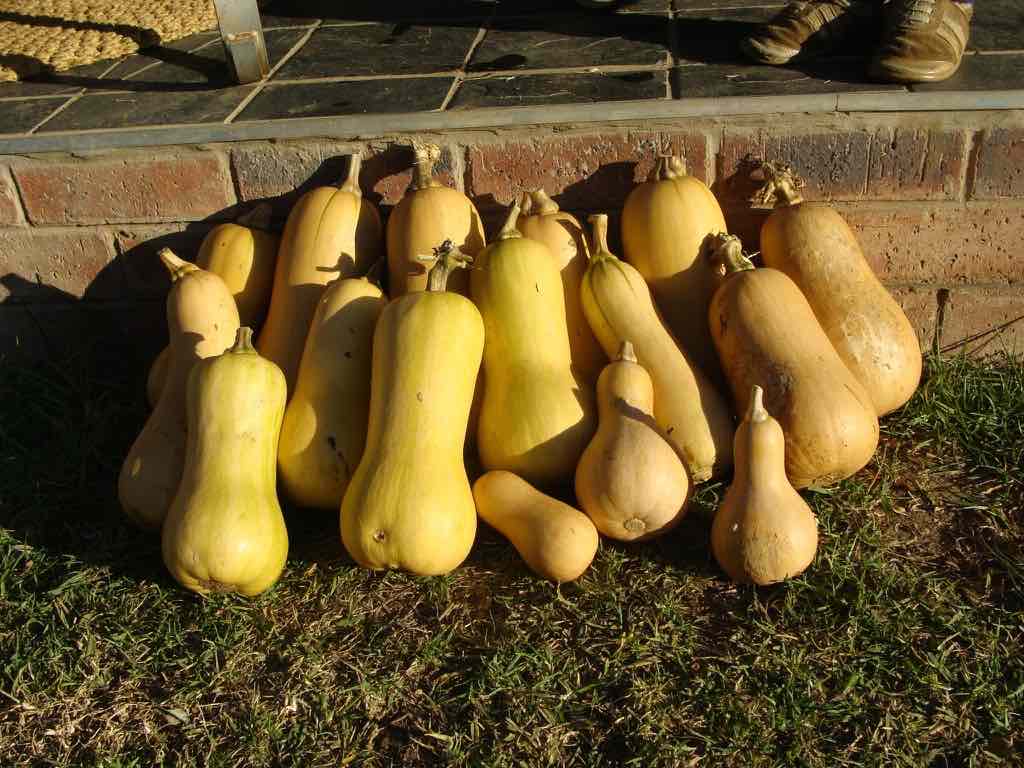
First roast your butternut squash
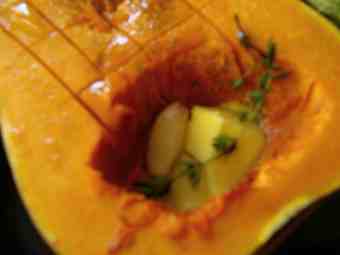
- Cut your butternut-squash lengthways in half and scoop out the seeds with a strong spoon.
- Coat the flesh with olive-oil and in the bowl drop a large chunk of butter; some herbs like thyme and a clove of garlic.
- Stack them in a large oven dish with a tight-fitting lid.
- Place into a hot preheated oven for an hour and then remove the lid so they can brown and cook right through. It will depend on the size of your squash. Test them with a sharp-knife.
- Allow the squash to cook completely and then scoop the cooled flesh out into a blender. Process it until smooth adding a little water if necessary.
- Freeze the pulp in one litre yoghurt containers; pop the contents out after a day and keep in a well-sealed translucent bag.
- They will keep in the freezer until the new-season crop is ready.
Light breakfasts and suppers
I like to put some in smaller containers too. I love a butternut smoothie for breakfast now and then. Just add a quarter of a banana, some kefir and a squirt of fresh lime-juice; and a teaspoon of honey. You already have a meal. It's really quite filling.
It's all about getting those mandatory ten-colours a day into your food; for those who want to live long in the land.
That of course is a biblical phrase, associated with honouring your parents. You may enjoy this newsletter about why blue zone people go to bed slightly hungry. Old-age homes are an anathema to them.
Celery soup in this case with a little stock from our eisbein-bones, a slice of artisan bread with perhaps avocado and a scoop of hummus make the perfect light supper that will leave you satisfied, yet very slightly hungry. Resist the temptation to finish with a sweet treat.
It's all about satiety; a little extra fat and plenty of fibre are the solutions to those hunger pangs. Those enjoying foods like these need have no qualms about the butter on their bread.
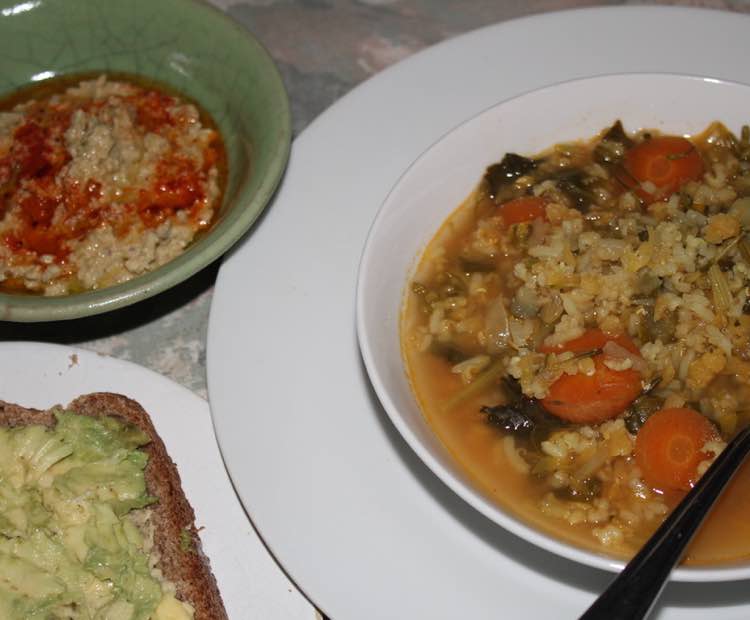
You could easily add a small cup of your frozen butternut instead of, or in addition to the carrots. Enjoy a wide variety of coloured-foods.
Perhaps take a tip from the blue-zone folk; don't put your parents in an old home. It is so rich dwelling close by our grandchildren; only a door separates our houses. We help them with a 101 things and they stimulate us and give us a reason to live, right to the end. The people in Okinawa call it "ikigai."
Does Blue Zone longevity appeal to you? There is ten times the chance of living to vigorous old-age without losing your marbles.
Or pressure-cook your butternut squash
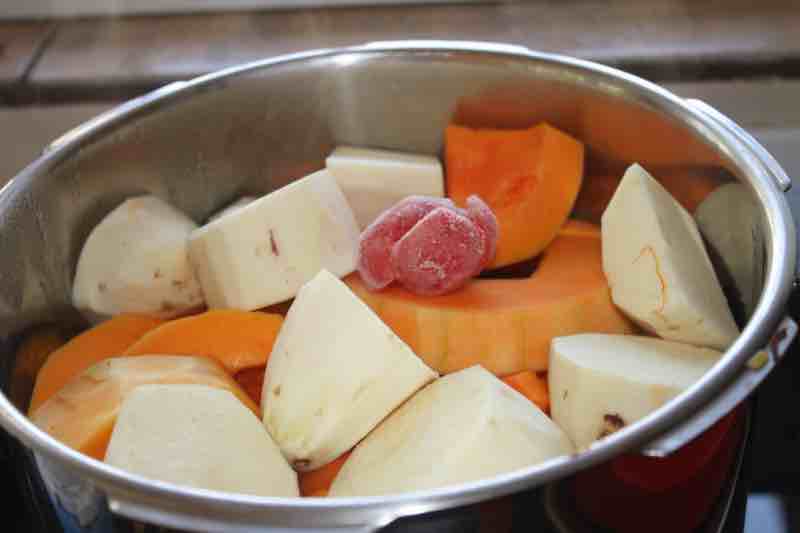
The second way to preserve your butternut squash is to pressure-cook them. It is much quicker, no need to scoop the flesh and it is said that the glycemic index is lower than roasted vegetables.
In this photo they are with sweet potatoes on the way to make a beta-carotene miracle soup; the precursor of vitamin A. As always let your food be your medicine; from supplements the phytonutrient raises the risk of malignant tumours especially in smokers[1].
Freezing butternut squash
Freezing butternut squash is just about pressure-cooking or roasting them in the oven and then blending the pulp before you store it; wonderful to have it readily available for your quick meals all year round.
Butternut smoothies
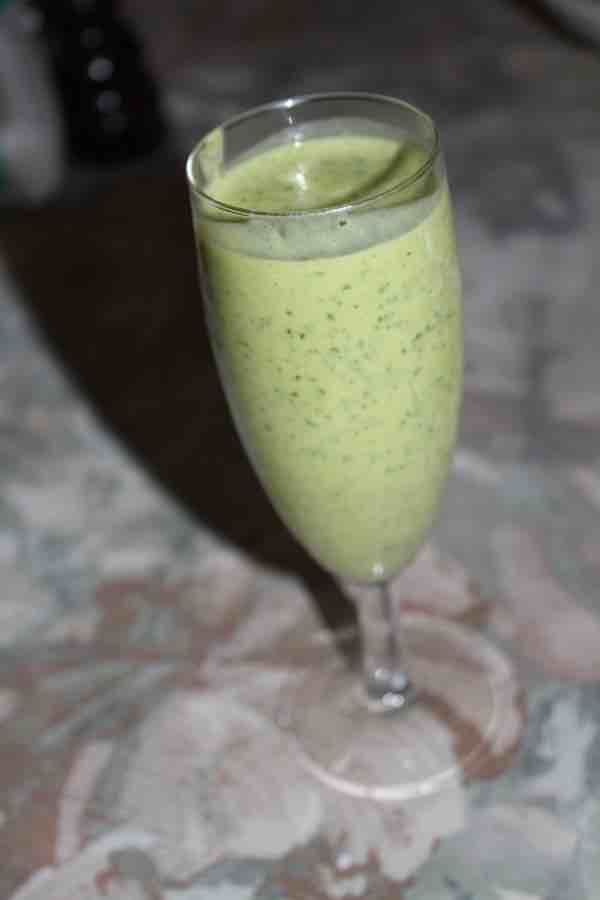
This is the perfect butternut smoothie with a few green kale or spinach-leaves; and I like to add kefir instead of yoghurt. It has over 30 different species of friendly bugs to keep the tum happy.
And this nutritous green smoothie is another regular favourite.
Did you know there are over two kilograms of bacteria, virus and other little creatures in the healthy colon? But they are greatly diminished because of the chemicals added to our food and regular exposure to antibiotics. Absolutely avoid artificial-sweeteners.
How to make kefir is not rocket-science. It takes me five minutes twice a week.
Be strong
I have pondered often the reasons, not arrogantly I hope, that in our upper-seventies we are strong and take no medication whatsoever.
- Many coloured-foods every day.
- 100% wholemeal sourdough-bread that we bake.
- Kefir as a probiotic.
Of course there are many other factors too but these three are at the top of the pile in my book.
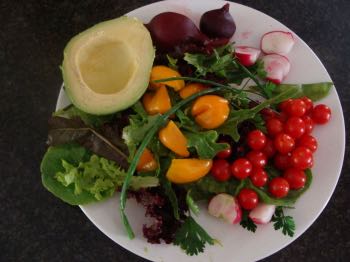
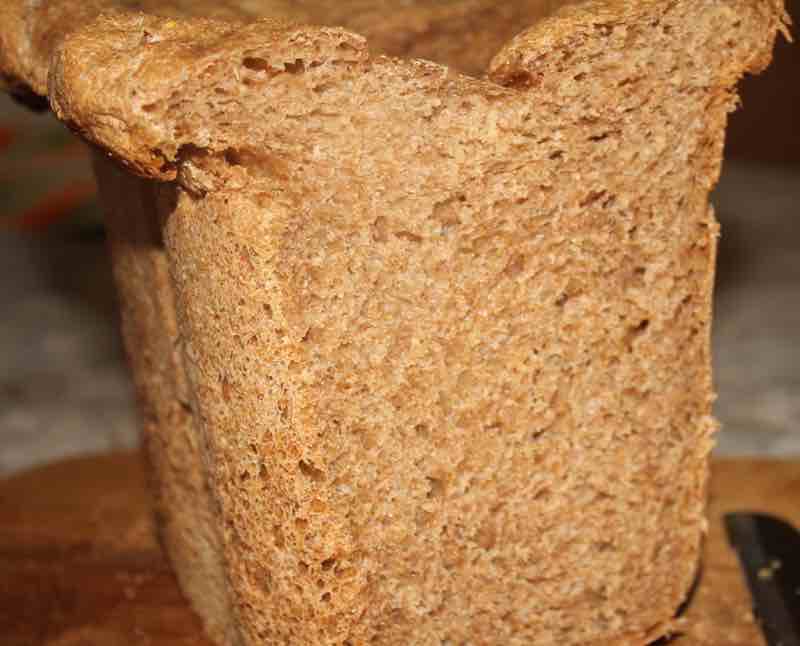
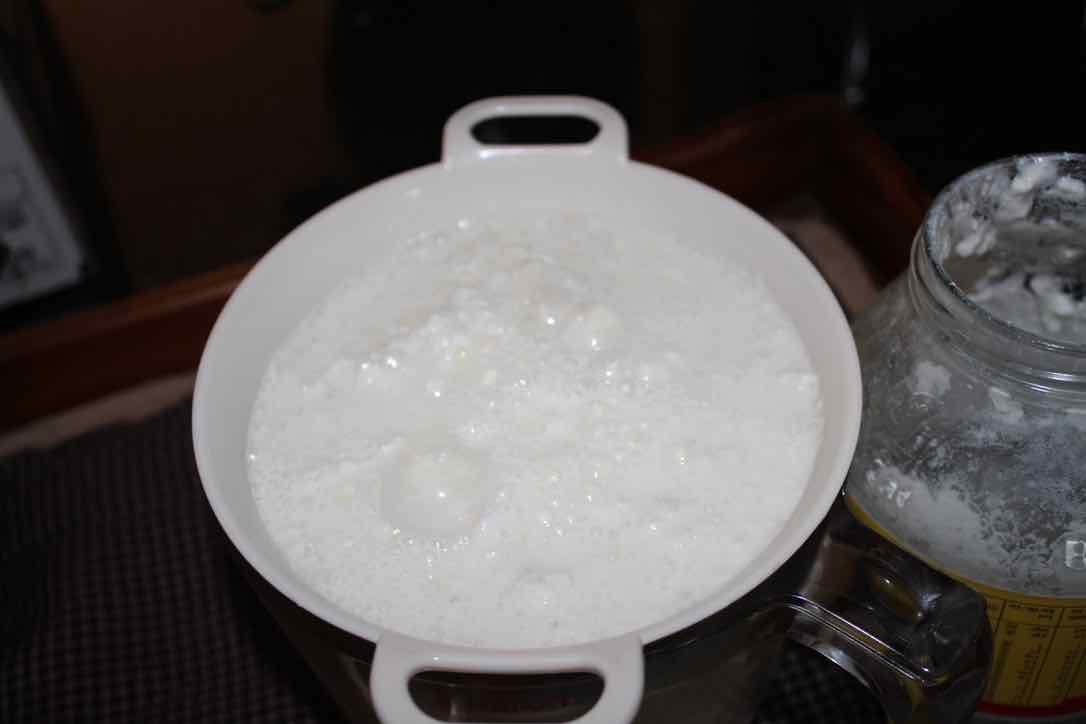
When browsing use right click and "Open Link in New Tab" or you may get a bad gateway signal.
Newsletter
Our newsletter is entitled "create a cyan zone" at your home, preserving both yourself and Mother Earth for future generations; and the family too, of course. We promise not to spam you with daily emails promoting various products. You may get an occasional nudge to buy one of my books.
Here are the back issues.
- Lifestyle and ideal body weight
- What are ultra-processed foods?
- Investing in long-term health
- Diseases from plastic exposure
- Intensive lifestyle management for obesity has limited value
- A world largely devoid of Parkinson's Disease
- The impact of friendly bacteria in the tum on the prevention of cancer
- There's a hole in the bucket
- Everyone is talking about weight loss drugs
- Pull the sweet tooth
- If you suffer from heartburn plant a susu
- Refined maize meal and stunting
- Should agriculture and industry get priority for water and electricity?
- Nature is calling
- Mill your own flour
- Bake your own sourdough bread
- Microplastics from our water
- Alternative types of water storage
- Wear your clothes out
- Comfort foods
- Create a bee-friendly environment
- Go to bed slightly hungry
- Keep bees
- Blue zone folk are religious
- Reduce plastic waste
- Family is important
- What can go in compost?
- Grow broad beans for longevity
- Harvest and store sunshine
- Blue zone exercise
- Harvest and store your rainwater
- Create a cyan zone at your home
Did you find this page interesting? How about forwarding it to a friendly book or food junkie? Better still, a social media tick would help.
- Bernard Preston homepage
- Yellows
- Freezing Butternut Squash
Address:
56 Groenekloof Rd,
Hilton, KZN
South Africa
Website:
https://www.bernard-preston.com